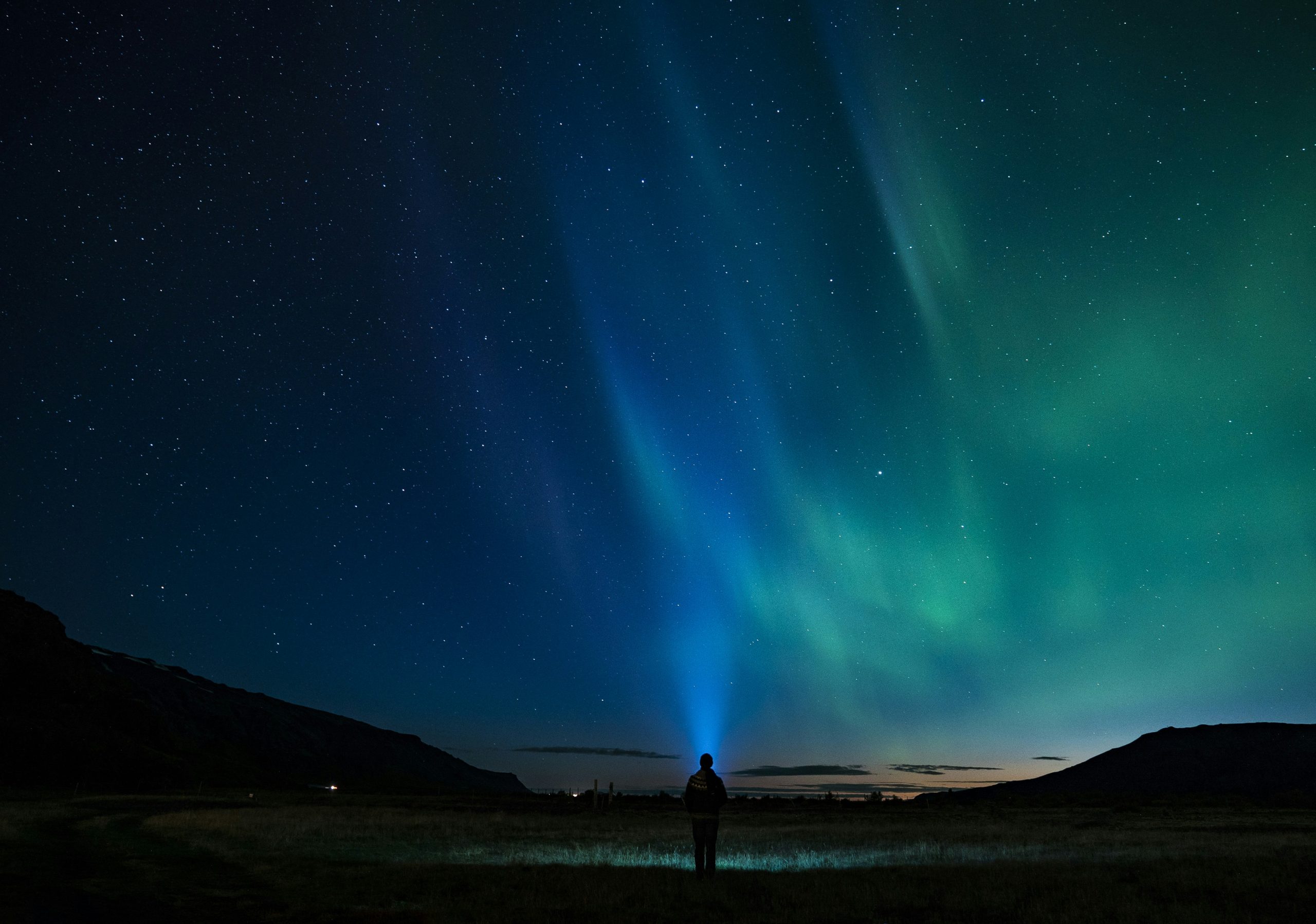Why Do Wolves Howl at the Moon? Truth Revealed

Looking for more amazing products? Check out our online store and explore our collection here! Happy shopping!
Before diving in, please note: This post is for informational purposes only. If you’d like to know more about how we approach topics, feel free to check out our friendly Disclaimer Page.
Hey there, amazing readers! 
We’re committed to delivering quality posts, and your support (even just sticking around despite the ads) means everything to us. So, bear with us, and thanks for helping us keep the good vibes rolling. Now, on to the fun stuff!
TRANSLATE BUTTON AT THE END OF THE ARTICLE
A Quick Overview
Ever find yourself gazing at the night sky, captivated by the sight of a bright, round moon, and wondering why wolves are often associated with it?
You’re not alone!
The connection between wolves and the moon has sparked countless stories, myths, and even a bit of fear.
In this article, we’ll dive deep into why wolves howl, how the moon fits into this picture, and clear up some common myths along the way.
So, grab a cozy seat, maybe a warm drink, and let’s explore the fascinating world of wolves and their howling habits!
Unveiling the Mystery: Wolves and Their Howling Habits
Wolves have been known to howl for centuries, often creating an aura of mystery around these magnificent creatures.
But why do they do it?
A wolf’s howl serves multiple purposes.
It’s their way of communicating not just with each other but also with other animals.
Territory Marking: When wolves howl, they’re essentially declaring, "This is our turf!" It’s a way to establish their presence in the area and inform other wolves that they’re nearby.
Social Bonding: Just like we might gather with friends for a sing-along, wolves often howl together to strengthen their pack bonds.
It’s a social event for them!
Location Calls: Howls help wolves locate each other over long distances, especially in dense forests or vast terrains.
It’s like sending out a friend request into the wilderness.
Expressing Emotions: Sometimes, howling reflects their state of mind.
A wolf might howl when they’re feeling lonely or excited.
Imagine yourself at a concert, singing along with your favorite band.
That sense of connection and shared experience is exactly how wolves feel when they howl together.
The Fascinating Connection Between Wolves and the Moon
So, what about the moon?
Why do we always hear about wolves howling at it?
The answer lies in more than just folklore.
Nighttime Activity: Wolves are primarily nocturnal hunters.
The moonlight illuminates their environment, making nighttime howling more visible and, perhaps, a bit more dramatic.
Cultural Associations: Various cultures have linked wolves with the moon for centuries, making it a part of folklore.
The mystique of the moon adds to the allure of the wolf’s howl.
Lunar Influence: Some studies suggest that wolves may actually howl more during a full moon.
The extra light might encourage them to be more active, which naturally leads to more howling.
Let’s be honest, though: a howling wolf silhouetted against a full moon?
It just makes for a great story!
But the truth is, it’s the wolves’ behavior that sparks our imaginations.
Discover "Dog Care: Learning How to Care for Your Furry Friend
"
Howling: A Key Communication Tool for Wolves
Howling is more than just a beautiful sound; it’s a crucial tool for wolves.
Communication in the wild is vital for survival.
Group Coordination: When it comes to hunting, communicating with pack members is essential.
Howling helps them coordinate their movements effectively.
Alerting Others: If a wolf senses danger, a howl can alert the rest of the pack to potential threats.
It’s like sending out a warning flare.
Finding Mates: Howling can also play a significant role in mating rituals.
A howl can signal availability and attract potential partners.
Think about it!
In our own lives, we use communication to coordinate plans, warn friends, or even flirt.
For wolves, howling fulfills all these roles and more.
The Science Behind Wolves’ Howling at Night
Nighttime howling isn’t just about being dramatic or romantic—there’s a scientific basis behind it.
Acoustic Properties: Howls travel far distances.
The cool night air can carry sound over several miles, making howling at night particularly effective.
Predatory Advantage: The cover of darkness benefits wolves, allowing them to hunt while masking their movements.
Howling can distract prey or even lead them into the path of other wolves.
Instinctual Behavior: Wolves have an innate behavior to howl, especially in dark conditions.
It’s part of their evolutionary instinct.
When we think about how we communicate—like shouting across a crowded room—wolves have developed their own unique system that works best in their environment.
Do Wolves Really Howl at the Moon? Let’s Find Out!
It’s time to tackle the question head-on: do wolves actually howl at the moon?
The short answer is: not particularly.
More Than Just the Moon: Wolves howl for various reasons, and while the moon may inspire them, it’s not the primary motivation.
Influence of Light: During a full moon, there’s more light, which may encourage more howling.
However, they don’t stare at the moon while howling.
Mythical Perceptions: The association between wolves and the moon is largely built on myths and stories, not on observed behavior.
The image of wolves howling at a bright moon is compelling, but it’s more of a poetic idea than a fact.
Exploring Social Bonds: Why Wolves Howl Together
Pack dynamics are fascinating, and howling plays a significant role in maintaining these social bonds.
Group Identity: When wolves howl together, it reinforces their unity and shared identity, much like a sports team chanting their anthem.
Strengthening Hierarchies: Howling can also indicate rank within the pack.
Higher-ranking wolves may have different howls, signaling their status.
Creating Harmony: Just as we sing together to create a sense of belonging, wolves howl to forge relationships and strengthen their connections.
Being part of a pack isn’t just about survival; it’s about community.
Howling acts as an auditory glue that holds them together.
Myth Busting: The Truth About Wolves and Lunar Phases
Let’s clear up some myths regarding wolves and their howling behaviors in relation to the moon.
Lunar Phases Are Overrated: While some believe wolves are more restless or howling during certain lunar phases, scientific evidence doesn’t strongly support this.
Cultural Myths: Many legends paint wolves as creatures that become more feral or wild under a full moon.
In reality, their behavior is consistent across all nights.
Howling Is Not a Full Moon Ritual: Wolves do not have any special rituals tied to the moon phases; they howl for practical reasons, regardless of the moon’s appearance.
With these myths out of the way, we can appreciate the true nature of wolves without the filter of superstition.
What the Howl Means: Understanding Wolf Communication
Wolves have a complex communication system, and their howls can convey different meanings.
Different Howls for Different Messages: A long, mournful howl might indicate loneliness, while a series of shorter howls could signal excitement or urgency.
Tone and Pitch Variations: Just as we use tone and pitch in our speech, wolves vary their howls to convey different feelings and intentions.
Context Matters: The situation often dictates the meaning behind a howl.
Howling during a hunt is different from howling after a successful kill.
Understanding the nuances of wolf communication makes us appreciate these incredible animals on a deeper level.
Journey of Sound: How Wolves Use Their Voices
Wolves are skilled vocalists!
Their howls serve as a fascinating journey of sound, echoing through the wild.
Vocal Range: Wolves can produce a range of sounds beyond howls, including barks, growls, and whines.
Each sound has its purpose.
Sound Projection: Howls can resonate through forests and mountains, reaching even distant pack members.
It’s like sending a voice message through nature!
Adaptation to Environment: Wolves adjust their vocalizations based on their environment.
In dense woods, they may use lower-pitched howls to ensure their message carries.
Their vocal capabilities reflect their adaptability, survival skills, and social structures.
The Role of Howling in Hunting and Territory Marking
Howling serves very practical purposes in the lives of wolves, especially regarding hunting and territory.
Coordinated Hunting: Before a hunt, wolves may howl to rally the pack and strategize.
It’s like a pre-game huddle for a sports team.
Territorial Signaling: By howling, wolves announce their presence, marking territory, and warding off intruding packs.
Post-Hunt Communication: After a successful hunt, howling can also serve as a celebratory call, bringing the pack together to share in the success.
In the natural world, every sound has a purpose.
For wolves, howling serves as a tool for survival and social cohesion.
The Influence of the Moon on Wildlife Behavior
While wolves may not be howling at the moon per se, the lunar phases can influence wildlife behavior in various ways.
Increased Activity: Some animals are more active during full moons due to the extra light, which can affect prey dynamics.
Breeding Patterns: Certain species may time their mating cycles to lunar phases, taking advantage of the increased visibility for both predators and prey.
Navigation Aid: For nocturnal animals, the moon serves as a natural guide in the dark, making it easier to find food and navigate their environment.
Nature is interconnected, and while wolves howl, other wildlife responds to the moon’s glow in their own unique ways.
Celebrating Wolves: Nature’s Melodic Creatures Uncovered
Wolves are incredible creatures, and their howling adds a captivating layer to their lives.
Cultural Icons: From stories to movies, wolves have become symbols of freedom and wilderness, tied to their haunting howls.
Ecological Importance: Wolves play a crucial role in ecosystems, influencing prey populations and maintaining a balance in nature.
Conservation Efforts: Understanding wolves helps in conservation efforts, ensuring these majestic animals have a place in our world.
Next time you hear a wolf howl, remember that it’s not just a beautiful sound.
It’s a statement of identity, a call to the pack, and a thread woven deeply into the fabric of nature.
Conclusion
Wolves are truly fascinating creatures, and their howls resonate with rich meaning.
While the myth of wolves howling at the moon is captivating, the truth reveals a much more complex story.
Their howling serves as a critical communication tool that fosters social bonds, assists in hunting, and marks territory.
So, as we look up at the night sky and admire the moon, let’s also appreciate the incredible lives of wolves and the sounds they share with the world around them.
Their howls are more than just eerie echoes; they’re nature’s way of reminding us of the wild, untamed beauty that still exists.

The Enlightenment Journey is a remarkable collection of writings authored by a distinguished group of experts in the fields of spirituality, new age, and esoteric knowledge.
This anthology features a diverse assembly of well-experienced authors who bring their profound insights and credible perspectives to the forefront.
Each contributor possesses a wealth of knowledge and wisdom, making them authorities in their respective domains.
Together, they offer readers a transformative journey into the realms of spiritual growth, self-discovery, and esoteric enlightenment.
The Enlightenment Journey is a testament to the collective expertise of these luminaries, providing readers with a rich tapestry of ideas and information to illuminate their spiritual path.
Our Diverse Expertise
While our primary focus is on spirituality and esotericism, we are equally passionate about exploring a wide range of other topics and niches 

To ensure we provide the most accurate and valuable insights, we collaborate with trusted experts in their respective domains 
Our blog originally focused on spirituality and metaphysics, but we’ve since expanded to cover a wide range of niches. Don’t worry—we continue to publish a lot of articles on spirituality! Frequently visit our blog to explore our diverse content and stay tuned for more insightful reads.
Hey there, amazing reader! 
Check out our store here and take a peek at some of our featured products below! Thanks for being awesome!










